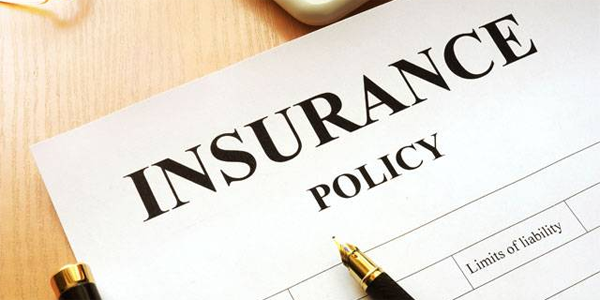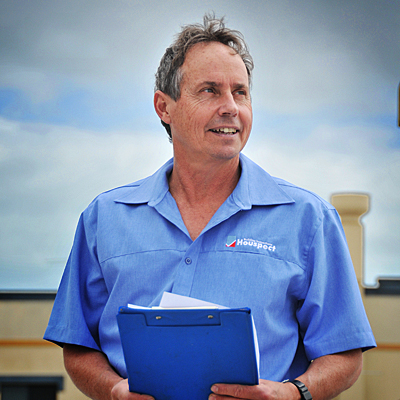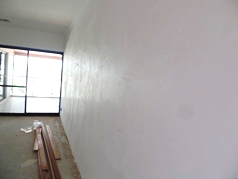
Dilapidation Inspections - Potentially a Great Insurance Policy if you are Building a New Home
By HOUSPECT WA Building Inspections|February 15, 2017
Dilapidation Building Inspections – What, Why, When and Who
The term dilapidation can invoke an incorrect perception. Dilapidation inspections have nothing to do with dilapidated properties!
What
Dilapidation inspections are defined as an inspection and report on the condition of a property at a given point in time. It records any existing damage and the state of any particular aspects of the property that are likely to be affected by construction work, excavation or demolition.
Dilapidation inspections can be conducted on brand new homes, older homes, retail, commercial and industrial properties. They can also be conducted on roads, bridges, railways, airports, pavements and basically any man made structure.
Why
As indicated above the primary purpose of a Dilapidation inspection is to record the condition of a property at a given point in time, generally prior to works being conducted on a site adjacent or nearby the surveyed property. The inspection report will serve as an accurate baseline of the condition of the property pre works. In the event that damage is caused during the works, a second dilapidation inspection can be conducted so that the “before” and “after” property condition can be accurately compared, based on independent expert assessments.
The most common reason for commissioning a dilapidation survey is the concern over the potential adverse impacts or damage caused by vibratory action of plant and equipment used in the demolition and or construction works. Compactors, particularly heavy equipment can be particular areas of concern, as can pile driving equipment, rock breakers and similar types of equipment.
Increased traffic including trucks arriving and department construction sites can also cause damage to surroundings areas.
When
Dilapidation surveys are generally conducted prior but, as close to the commencement of construction/demolition works. Follow up dilapidation inspections are generally conducted once the construction works have been completed or a claim for damages has been submitted.
Who
Property owners will occasionally become concerned about the development of an adjoining property where vibratory action from plant or equipment may cause damage to their property. To protect and in essence, insure themselves against damage, property owners will engage their own independent dilapidation inspection on their property. If damage is caused, a second report can be commissioned and tabled with the owner of the property where work is being undertaken as a basis for a damages claim. Without independent dilapidation reports, claims for damages can be difficult to progress.
On a very simialr note, if you as a home owner are about to build a new home you might want to cosndier teh isrk of damaging your neighbours homes as a result of your demolition or construction works. A dilapidation inspectors on yoru neioghybours properties can provide significant support in the event that a future damages claim is made.
The key difference to Houspect is that all of our inspectors our WA Registered Builders, holders of White/Blue construction cards, fully insured, holders of Police Clearances and with a minimum of 20 years building and construction experience and as such the ability to present a solid, credible independent expert witness in the event that damage is claimed as a result of construction and demolition work.
Need more – contact Houspect WA Ph: 9240 8855 WWW.houspectwa.com.au/wa
The term dilapidation can invoke an incorrect perception. Dilapidation inspections have nothing to do with dilapidated properties!
What
Dilapidation inspections are defined as an inspection and report on the condition of a property at a given point in time. It records any existing damage and the state of any particular aspects of the property that are likely to be affected by construction work, excavation or demolition.
Dilapidation inspections can be conducted on brand new homes, older homes, retail, commercial and industrial properties. They can also be conducted on roads, bridges, railways, airports, pavements and basically any man made structure.
Why
As indicated above the primary purpose of a Dilapidation inspection is to record the condition of a property at a given point in time, generally prior to works being conducted on a site adjacent or nearby the surveyed property. The inspection report will serve as an accurate baseline of the condition of the property pre works. In the event that damage is caused during the works, a second dilapidation inspection can be conducted so that the “before” and “after” property condition can be accurately compared, based on independent expert assessments.
The most common reason for commissioning a dilapidation survey is the concern over the potential adverse impacts or damage caused by vibratory action of plant and equipment used in the demolition and or construction works. Compactors, particularly heavy equipment can be particular areas of concern, as can pile driving equipment, rock breakers and similar types of equipment.
Increased traffic including trucks arriving and department construction sites can also cause damage to surroundings areas.
When
Dilapidation surveys are generally conducted prior but, as close to the commencement of construction/demolition works. Follow up dilapidation inspections are generally conducted once the construction works have been completed or a claim for damages has been submitted.
Who
Property owners will occasionally become concerned about the development of an adjoining property where vibratory action from plant or equipment may cause damage to their property. To protect and in essence, insure themselves against damage, property owners will engage their own independent dilapidation inspection on their property. If damage is caused, a second report can be commissioned and tabled with the owner of the property where work is being undertaken as a basis for a damages claim. Without independent dilapidation reports, claims for damages can be difficult to progress.
On a very simialr note, if you as a home owner are about to build a new home you might want to cosndier teh isrk of damaging your neighbours homes as a result of your demolition or construction works. A dilapidation inspectors on yoru neioghybours properties can provide significant support in the event that a future damages claim is made.
The key difference to Houspect is that all of our inspectors our WA Registered Builders, holders of White/Blue construction cards, fully insured, holders of Police Clearances and with a minimum of 20 years building and construction experience and as such the ability to present a solid, credible independent expert witness in the event that damage is claimed as a result of construction and demolition work.
Need more – contact Houspect WA Ph: 9240 8855 WWW.houspectwa.com.au/wa



